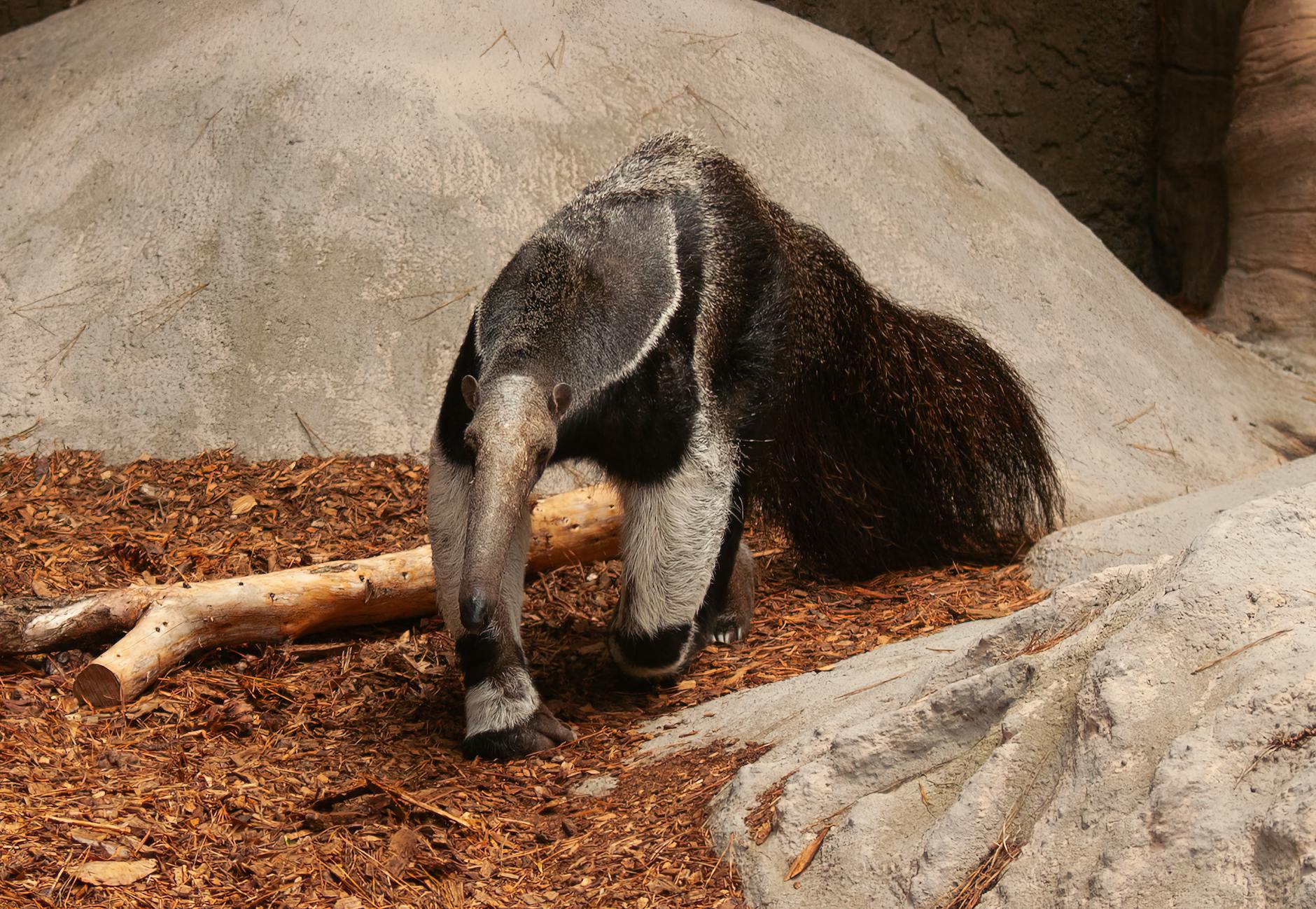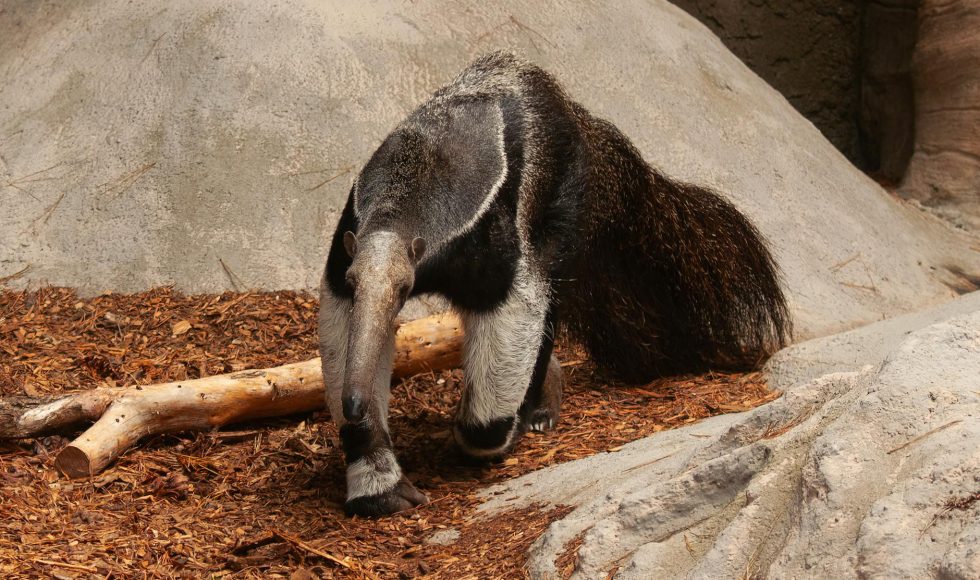“Genomics from roadkill: high quality mammalian genomes using hybrid assembly with MinION long reads” was the title of Frederic Delsuc’s London Calling 2019 session. Delsuc is from the French National Centre for Scientific Research in France. Their lab specializes in mammalian phylogenomics. The project is called The ConvergAnt Project, which is “an integrative approach to convergent evolution in ant-eating mammals.” Clever! Delsuc described convergent evolution as the process by which similar phenotypes arise independently in phylogenetically distant lineages. The classical example is marsupials and placental mammals. Delsuc uses ant-eating placentals to study evolutionary convergence. This diet has led to morphological adaptations. The goal of Delsuc’s part in the ConvergeAnt project is to sequence five different genomes. They searched for chitinases that may help digest ants and genomic adaptations that underlie the convergent phenotypes observed in independent ant-eating mammal lineages. Delsuc noted that it is really hard to obtain some samples… so they turned to roadkill: “an underexploited resource in genomics.” Hmmm. Never thought about that aspect. There are citizen science projects, including one in South Africa, that catalog roadkill. In October 2016, they did “fieldwork” in South Africa collecting roadkill. In the lab, they did genomics. The challenge is that the samples are degraded. With two lab members, Delsuc tried commercial kits to extract DNA… and ended up using phenol: chloroform. They did size selection of the DNA and used the Ligation Sequencing Kit 108 and 109. The team learned that preservation methods such as RNAlater preservation yielded much better quality RNA. Removing epidermal cells also improved DNA quality. The team also adjusted the ratio of AMPure beads, finding that 0.4x was optimal. They did 15 flow cells for the bat-eared fox and obtained 33 Gb. The aardwolf produced 29.4 Gb and 5.9 million reads. Illumina reads were added to improve assembly. The number of contigs and N50s was among the best of other mammalian genomes at the time, even though they had almost 10,000 contigs. BUSCO scores suggested that the assembly was (almost) complete. Dulsac and the team began reconstructing phylogenomic trees with other mammals with their assembled genomes. Dulsac concluded that roadkill can be used as a suitable source of DNA for MinION sequencing. With Illumina reads, hybrid assembly of mammalian genomes is possible from these samples. This session was intriguing, and I learned a little about convergent evolution and sample preservation. I wish I had watched this recording before the module we did on sample preservation tips!



